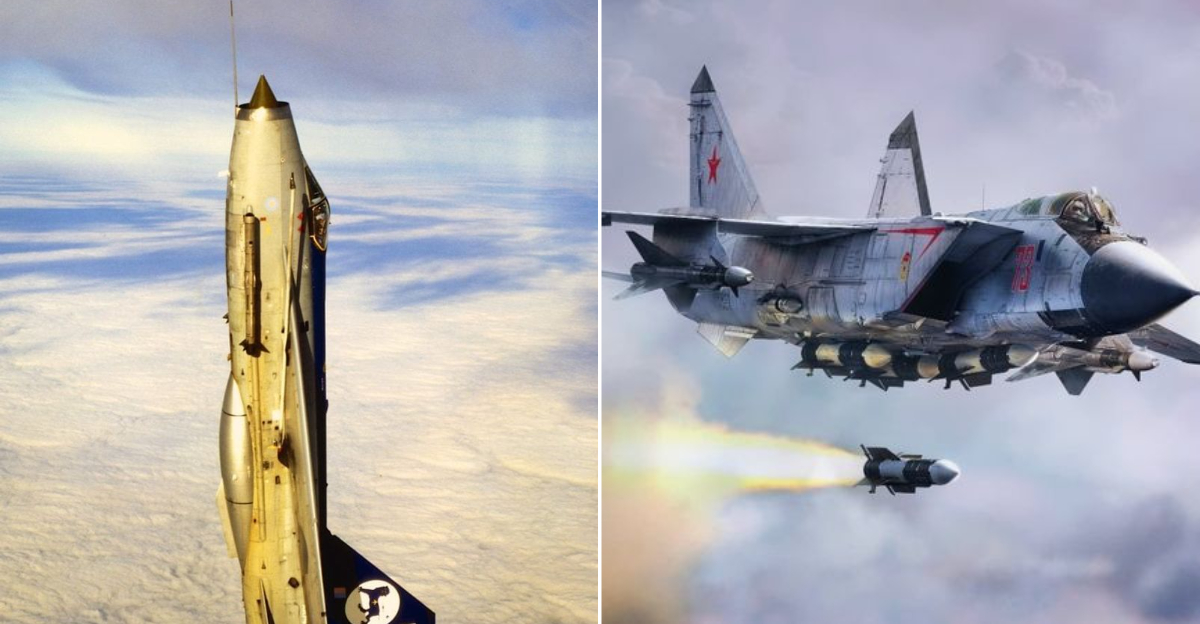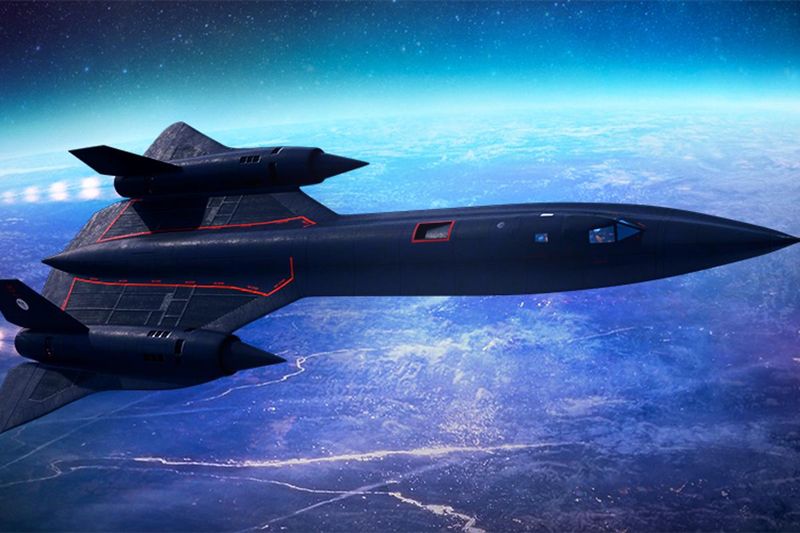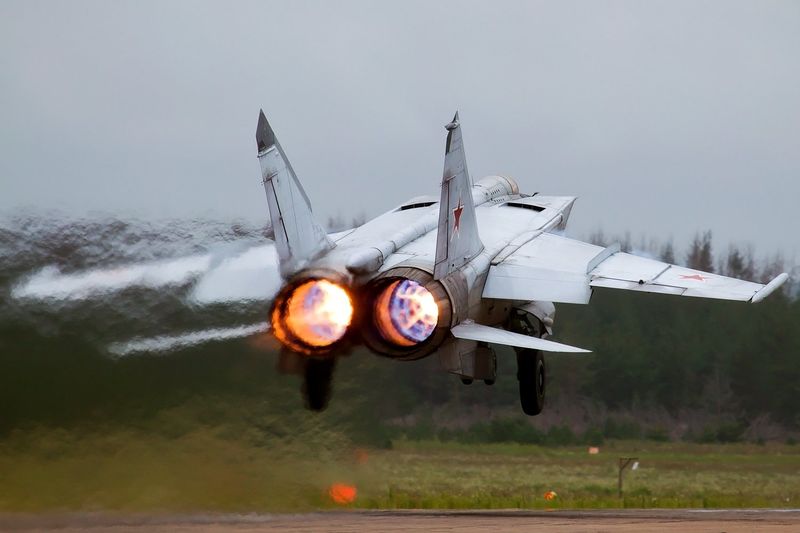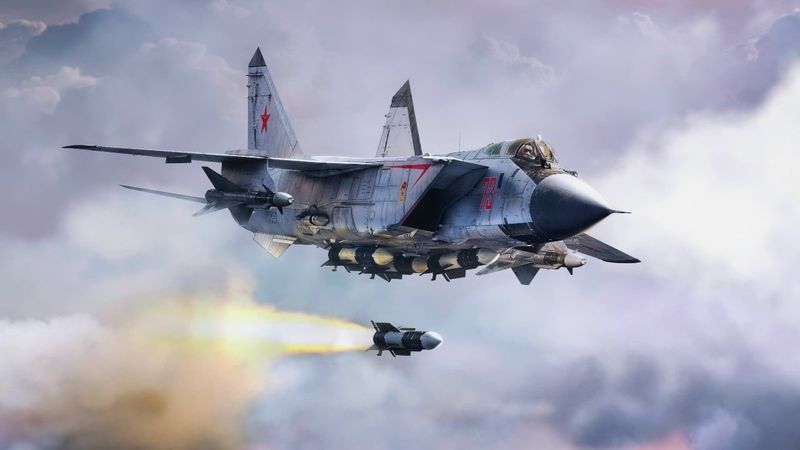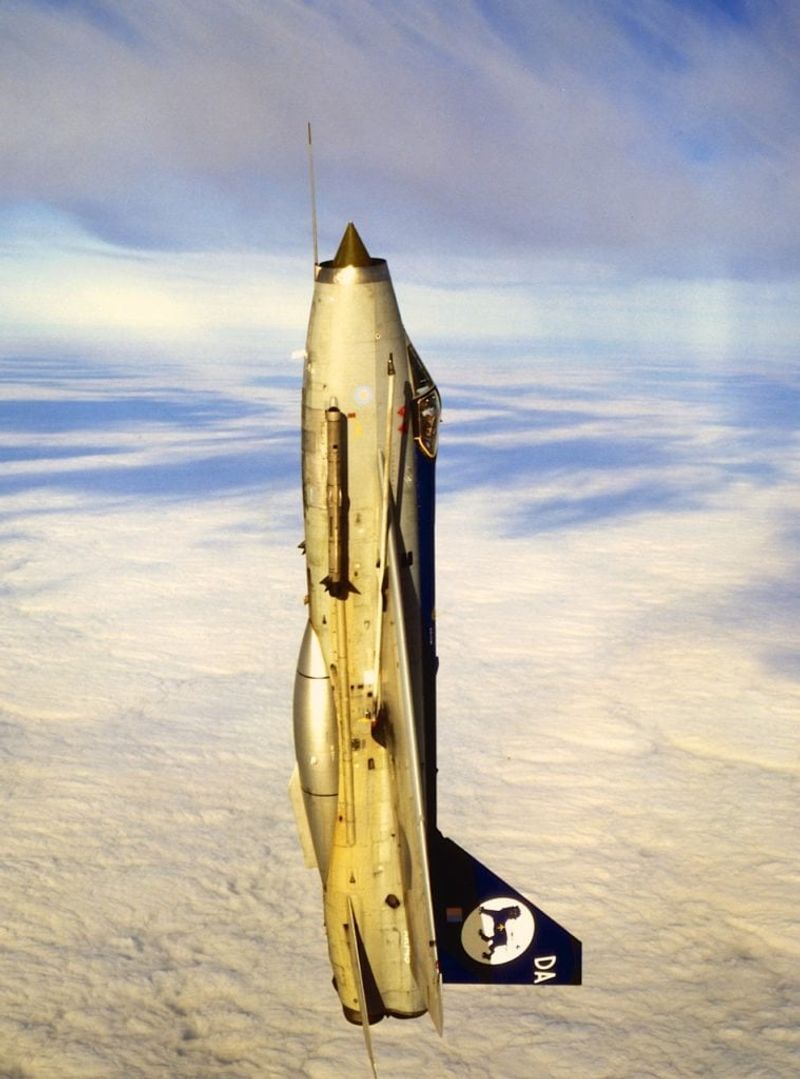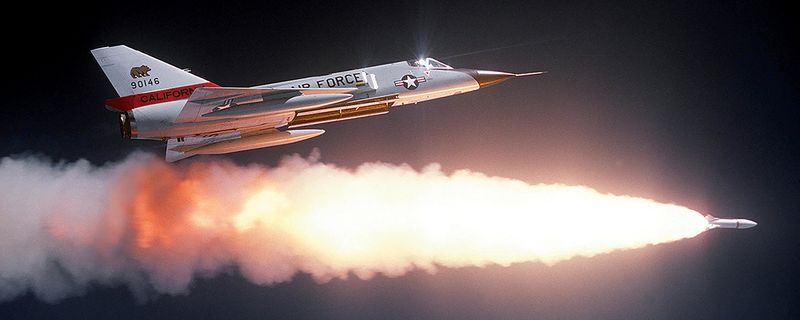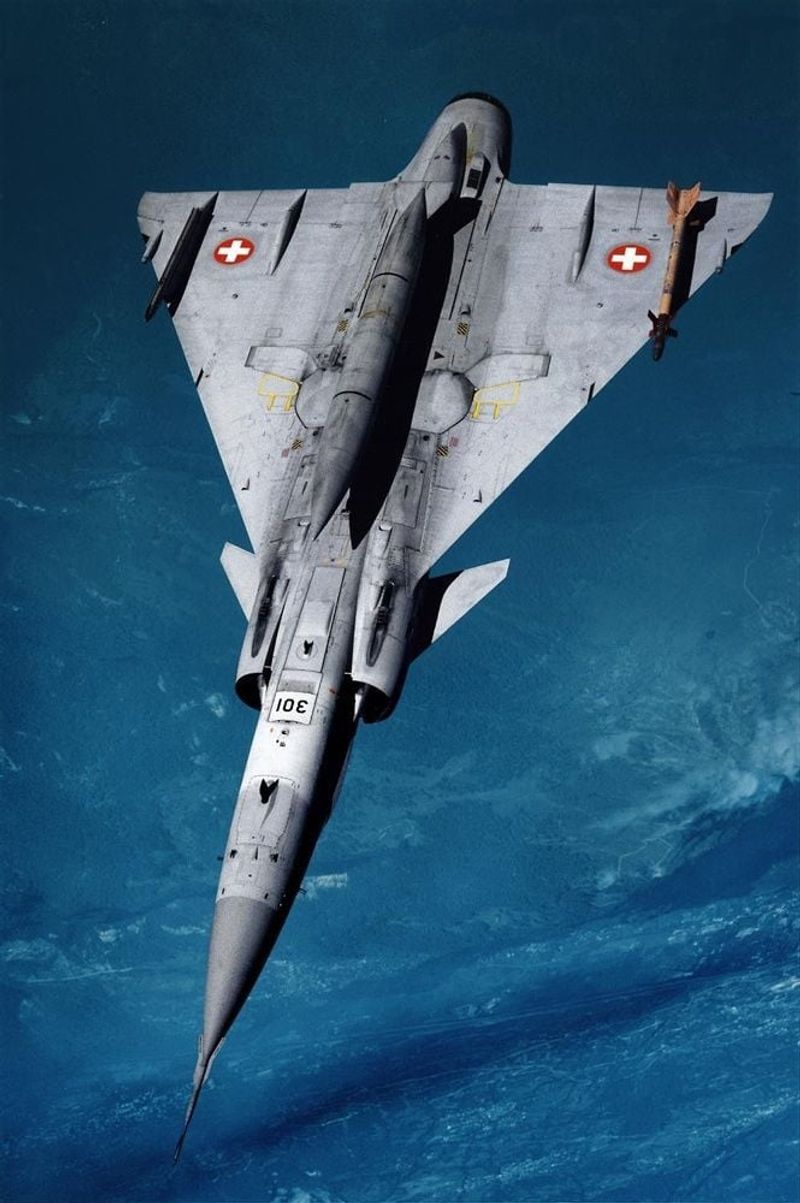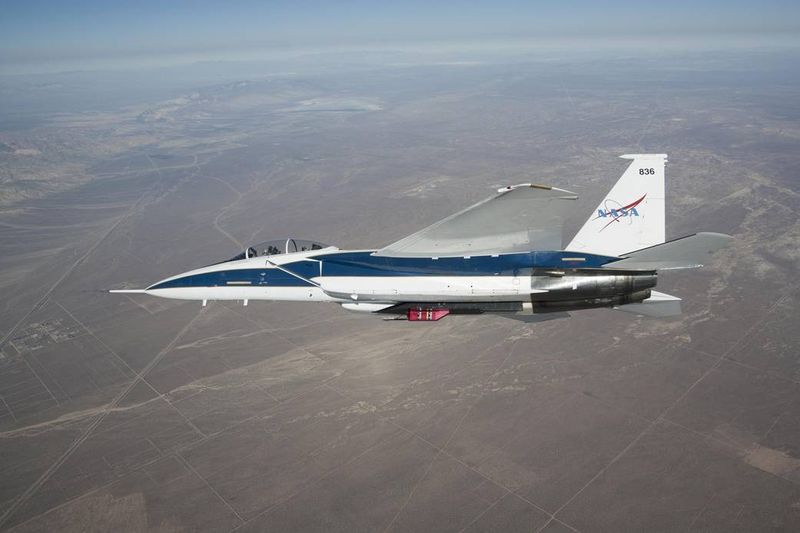Exploring the heights of aviation prowess, these seven aircraft have soared into the stratosphere, reaching the altitudes of the legendary U-2 spy plane.
Each one, a testament to human ingenuity and engineering, pushed the boundaries of what was possible in the sky. These flying marvels not only challenged the limits of altitude but also showcased the relentless pursuit of excellence in aerospace design.
1. Lockheed SR-71 Blackbird
The SR-71 Blackbird wasn’t just another jet; it was a marvel of engineering and speed. With its long, sleek frame and its black, radar-absorbing skin, it seemed to defy conventional limits.
Capable of reaching altitudes of 85,000 feet, it cruised faster than a bullet, leaving behind a trail of awe.
This aircraft was designed for high-speed reconnaissance, flying above the reach of enemy missiles. Every mission was a race against time and technology, making it legendary in the world of aviation.
2. MiG-25 “Foxbat”
The MiG-25 Foxbat was no ordinary interceptor. Born out of necessity during the Cold War, it was crafted to chase down and neutralize high-altitude threats like the U-2.
Its twin-engine design allowed it to momentarily reach above 80,000 feet, performing daring zoom climbs. With its robust and raw power, the Foxbat exemplified Soviet engineering at its peak.
Pilots felt an adrenaline rush, knowing they were flying one of the fastest jets of its time, pushing the boundaries and challenging the skies.
3. MiG-31 “Foxhound”
The MiG-31 Foxhound, successor to the iconic MiG-25, brought a new level of sophistication to high-altitude interception. Its design allowed it to soar up to 67,500 feet, matching the U-2’s operational ceiling.
What set it apart was its ability to carry long-range air-to-air missiles, making it a formidable adversary. The Foxhound’s technology marked a leap forward, combining speed, altitude, and firepower.
For pilots, it was a thrilling experience, commanding a machine that expanded the horizons of air combat.
4. English Electric Lightning
The English Electric Lightning wasn’t just an aircraft; it was a phenomenon. Known for its dramatic climbs and raw power, it shocked the aviation world in 1984 by intercepting a U-2 at 66,000 feet.
Designed as an interceptor, its agility and speed were unmatched. Pilots praised its responsiveness and the sheer thrill of climbing to the heavens.
The Lightning proved that British engineering could hold its own, and its legacy lives on as a symbol of innovation and daring in aerospace history.
5. Convair F-106 Delta Dart
The F-106 Delta Dart was a cornerstone of American air defense during the Cold War. Known for its speed and precision, this interceptor occasionally reached the rarefied heights of 65,000 feet.
Its sleek design and powerful engine made it a formidable player in the skies. Pilots relished the challenge of pushing it to its limits, feeling the power beneath their fingertips.
With its ability to reach extreme altitudes, the Delta Dart was a critical asset in the defense arsenal, standing ready to respond to any threat.
6. Dassault Mirage III
The French-built Dassault Mirage III was not just a pretty face in the air; it was a powerhouse. This delta-wing jet dazzled with its ability to perform extreme zoom climbs, reaching altitudes well above 70,000 feet.
Pilots were enamored with its elegant design and quick responsiveness. The Mirage III was a symbol of French aeronautical prowess, combining beauty with raw power.
Its ability to touch the stratosphere made it a favorite among aviators, leaving a legacy of grace and grit in the field of high-altitude flight.
7. NASA F-15B (modified)
NASA’s modified F-15B was a testament to human curiosity and the desire to explore. Stripped of unnecessary weight and equipped for specialized missions, it reached altitudes of over 70,000 feet.
These test flights were vital for high-altitude research, pushing the boundaries of what was possible.
Pilots felt a unique thrill, embracing the challenge of flying into thinner air. It wasn’t just about speed or combat; it was about discovery and innovation, demonstrating that the sky was not the limit but a gateway to new opportunities.
